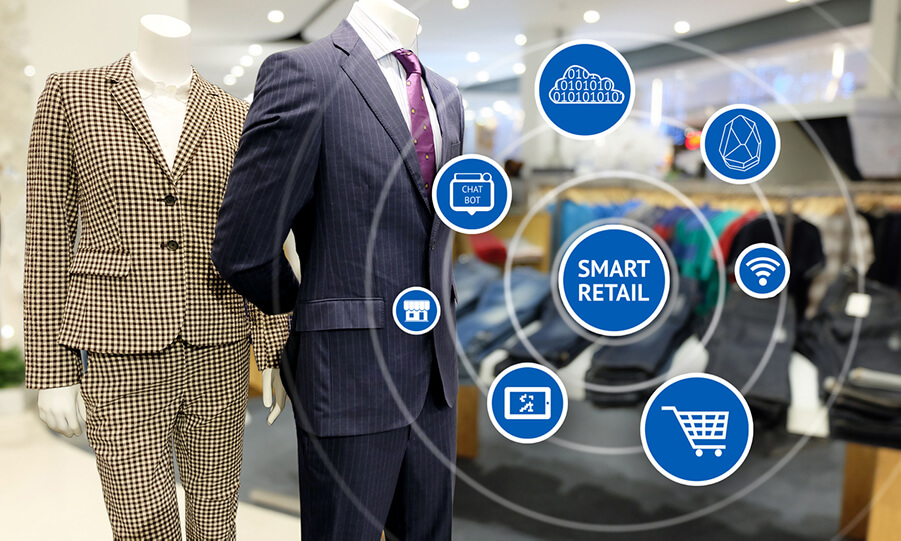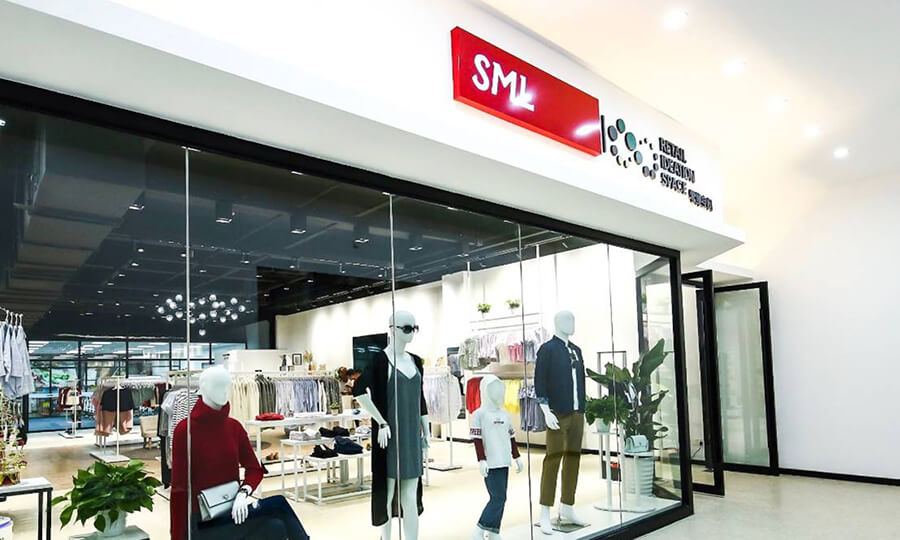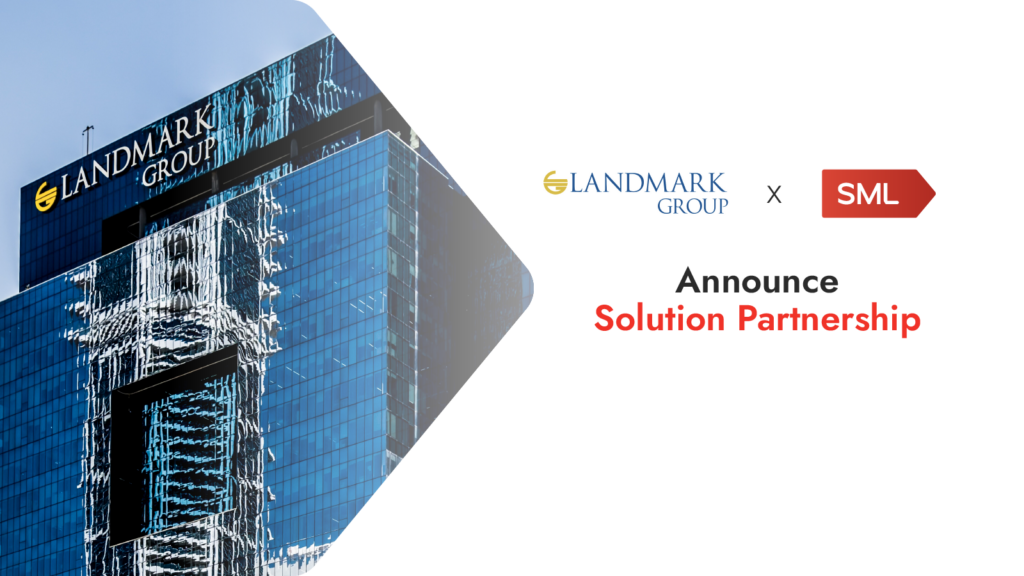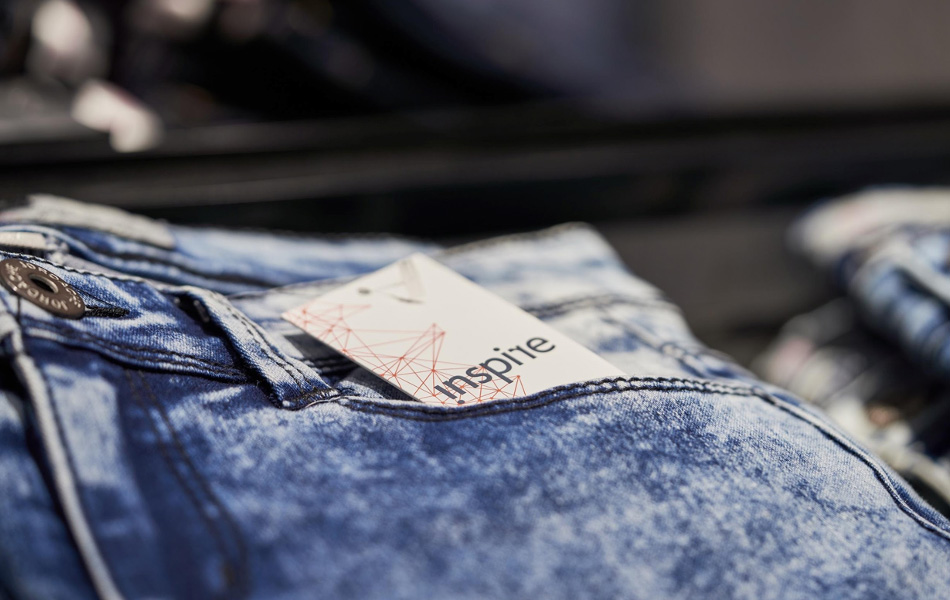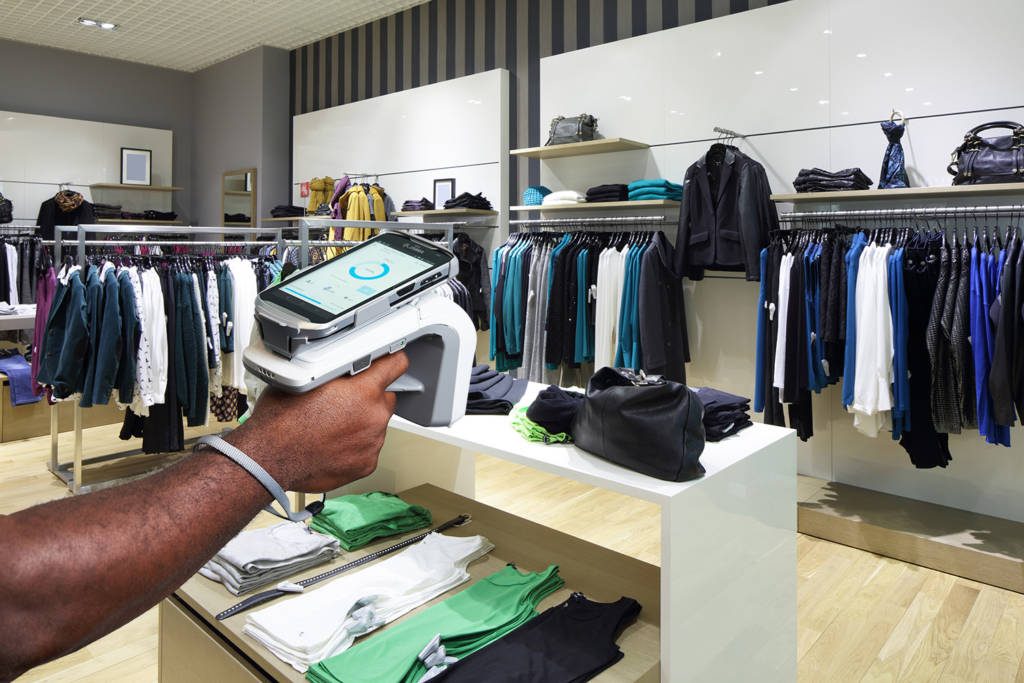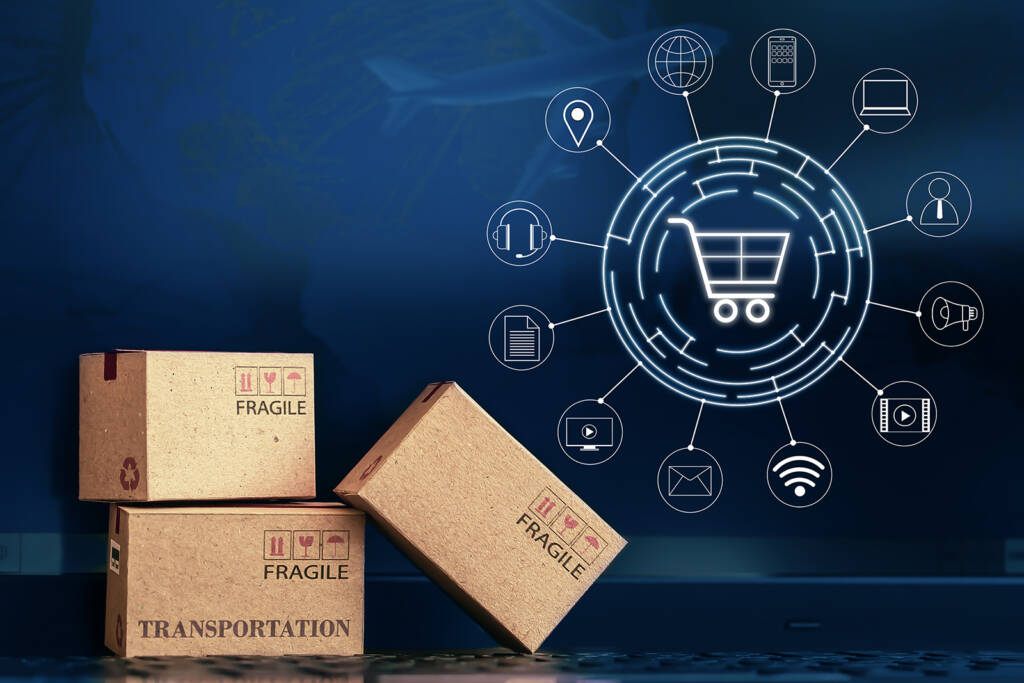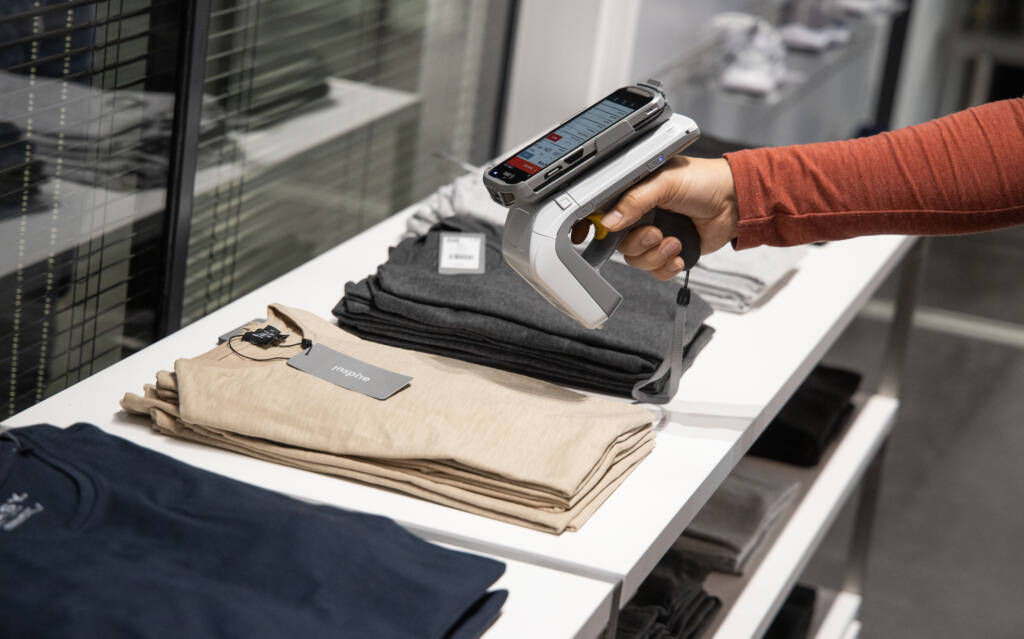Why Retail Innovation Begins With Item-Level RFID
RFID tags and RFID inlays aren’t commonplace in retailers today. However, many who implement the disruptive retail technology have seen first-hand how it can directly benefit their bottom line, in ways that are both expected and unexpected. With the majority of retailers seeing the technology as a clear path to having more accurate inventory counts, some are using it in more unique ways beyond just simple Item-level inventory management.
Overcoming Out-of-Stock Pain Points
It is without a doubt that the most broadly known and used application of RFID implementation in retail continues to be for the minimization of out-of-stocks and tracking inventory throughout the supply chain. Retailers can also power more efficient, growing importance, omnichannel experiences to their customers.
By increasing inventory accuracy, RFID implementation helps retailers innovate to improve the customer experience by opening options to customers and shedding light to retailers on some inefficiencies they may have.
Defeating The Common Retail Struggle of Queues
Keeping queues under control is a common retail struggle, that many retailers face and it’s no surprise that many studies support the theory that long lines damage sales.
Due to the checkout experience being a major friction point for retailers and shoppers, there have been some predictions that stores won’t have checkout at all in the near future, with customers coming in, grabbing an item and leaving – and then receiving a digital receipt for their purchase.
This particular use of RFID in customer experience marks an innovative turning point for the technology that is built on the inventory accuracy focus, ensuring retailers are looking for more ways to improve the checkout experience and having more control on the shopping experience.
Whilst retailers still manage their inventory as they have for the past 30 years, with SKU barcodes vs. Item-level RFID inventory management, it is only in recent years that the technology has been paired with complete solutions to generate significant benefits for retailers and customers.
Global RFID deployments and broader adoption of the innovative technology is inevitable, our analysis of the industry and conversations with retailers and experts shows we can expect of all apparel retailers adopting RFID technology. With the recent power balance shift back to customers, retailers are having to be more competitive than ever before. In order to maintain their customer base, it is essential for retailers to be innovative in their strategy and implement more creative ways to stay ahead of the curve and be at the forefront of retail innovation, instead of being left behind.

